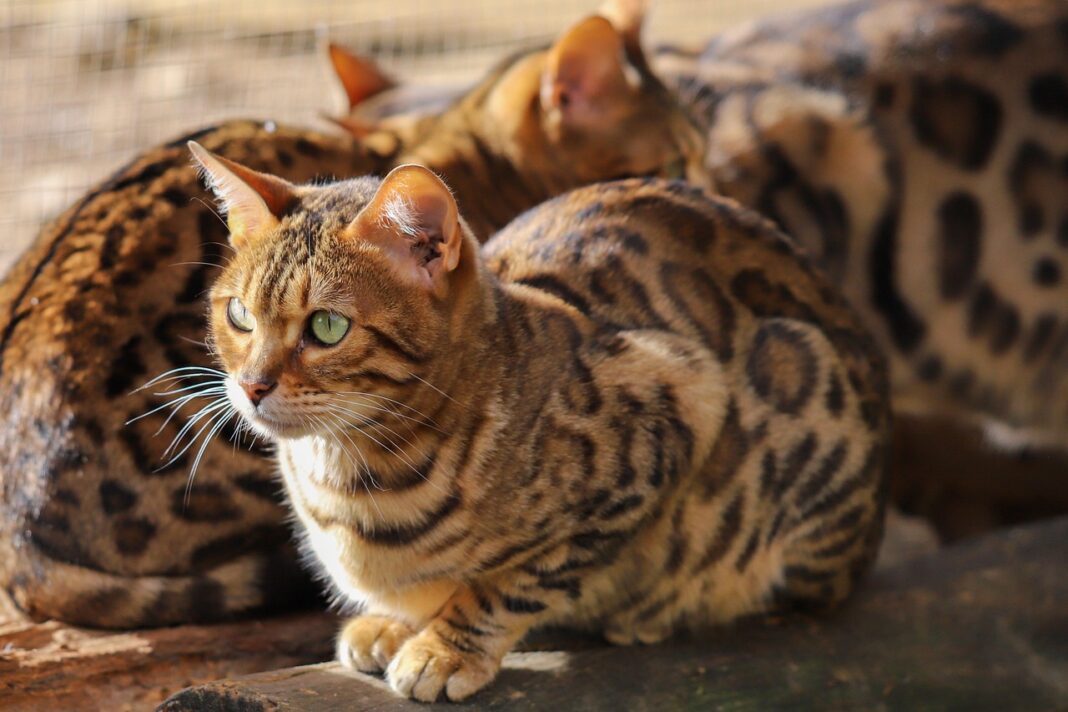Rare dog breeds possess a certain allure. They offer a unique companionship experience, standing apart from the popular choices dominating dog parks and social media. Beyond their striking appearances or unusual histories, owning a rare breed often comes with specific care considerations and a fascinating connection to canine heritage. If you’re looking for a dog that’s truly one-of-a-kind, this guide explores some of the most fascinating and rare dog breeds around the world.
Understanding Rare Dog Breeds
Defining Rarity
What exactly constitutes a “rare” dog breed? It’s not always about simply being uncommon. The American Kennel Club (AKC), for example, considers rarity based on registration numbers. Breeds with lower registration numbers are often categorized as rare or less common. The definition can also vary based on geographic location; a breed common in its country of origin may be exceptionally rare elsewhere. Furthermore, rarity can also refer to breeds with dwindling populations, potentially facing extinction if conservation efforts aren’t implemented.
Why Breed Rarity Matters
The rarity of a breed isn’t just a fun fact; it has implications:
- Conservation: Many rare breeds face the risk of disappearing altogether. Supporting responsible breeders who are dedicated to preserving these breeds helps ensure their survival for future generations.
- Genetic Diversity: Focusing on rare breeds contributes to a wider genetic pool within the canine population, potentially reducing the prevalence of breed-specific health issues often associated with overbreeding popular breeds.
- Unique Temperaments and Traits: Rare breeds often possess unique temperaments, skills, or physical traits that make them uniquely suited to specific lifestyles or tasks.
Responsible Breeding and Acquisition
If you’re considering a rare breed, responsible breeding is paramount. Seek out breeders who:
- Prioritize health testing and genetic screening.
- Have extensive knowledge of the breed’s specific needs.
- Are dedicated to preserving the breed’s temperament and characteristics.
- Don’t overbreed or exploit the breed for profit.
- Provide a healthy and stimulating environment for their dogs.
Unveiling Some Exceptional Rare Breeds
The Mudi
Originating from Hungary, the Mudi is a versatile herding dog known for its intelligence, agility, and unwavering work ethic.
- Appearance: Medium-sized with a distinctive curly or wavy coat, often in black, white, gray, or fawn.
- Temperament: Alert, intelligent, and eager to please. They require plenty of mental and physical stimulation.
- Care Needs: Regular exercise is crucial, as is early socialization and consistent training.
The Xoloitzcuintli (Mexican Hairless Dog)
This ancient breed, pronounced “show-low-eets-kwint-lee,” comes in hairless and coated varieties and holds a significant place in Aztec mythology.
- Appearance: Hairless variety has smooth, tough skin, while the coated variety has a short, dense coat. Comes in various sizes (toy, miniature, and standard).
- Temperament: Loyal, intelligent, and alert. Can be reserved with strangers but affectionate with their family.
- Care Needs: The hairless variety requires protection from sun and cold, and skin care is essential. Both varieties need socialization and training.
The Lagotto Romagnolo
Originating from Italy, the Lagotto Romagnolo is a skilled water retriever and truffle hunter with a distinctive curly coat.
- Appearance: Medium-sized with a dense, woolly, and waterproof curly coat. Typically white, brown, or orange.
- Temperament: Intelligent, eager to please, and affectionate. Known for their excellent sense of smell.
- Care Needs: Requires regular grooming to prevent matting and plenty of mental and physical stimulation. Their love for digging needs to be managed.
The Azawakh
This sighthound, originating from West Africa, is known for its elegant appearance and incredible speed.
- Appearance: Tall, slender, and elegant, with a short, fine coat. Typically fawn, red, or brindle.
- Temperament: Loyal, affectionate with their family, but reserved with strangers. Independent and requires consistent training.
- Care Needs: Requires plenty of exercise, including opportunities to run. Can be sensitive to cold weather due to their thin coat. Secure fencing is crucial.
The Finnish Spitz
This lively and vocal breed from Finland is known for its distinctive bark and fox-like appearance.
- Appearance: Medium-sized with a dense, double coat, typically red-gold.
- Temperament: Lively, intelligent, and independent. Known for their barking, which was traditionally used in hunting.
- Care Needs: Requires regular grooming to prevent matting and plenty of exercise. Barking can be managed with training but is a natural trait.
The Challenges and Rewards of Owning a Rare Breed
Potential Challenges
Owning a rare breed isn’t always easy. Be prepared for:
- Higher Cost: Puppies from rare breeds can be significantly more expensive than those from common breeds.
- Finding a Reputable Breeder: Reputable breeders may be few and far between, requiring travel or a long waitlist.
- Limited Veterinary Knowledge: Not all veterinarians may be familiar with the breed’s specific health concerns.
- Social Explanations: Be prepared to explain your dog’s breed to curious onlookers frequently.
- Specific Care Needs: Many rare breeds have unique dietary, grooming, or exercise requirements.
The Unmatched Rewards
Despite the challenges, owning a rare breed offers incredible rewards:
- Unique Companionship: You’ll own a dog that stands out from the crowd, both in appearance and personality.
- Contributing to Conservation: You’ll be actively supporting the preservation of a unique and valuable breed.
- Intellectual Stimulation: You’ll become an expert on your dog’s breed and its history.
- A Strong Bond: Due to their unique needs and personalities, you’ll often develop an incredibly strong bond with your rare breed dog.
Conclusion
Exploring rare dog breeds opens a door to a world of unique canine companions. While the responsibility of owning one shouldn’t be taken lightly, the rewards are often immeasurable. From preserving genetic diversity to discovering unique temperaments and characteristics, rare breeds offer a special connection to canine history and a truly exceptional companionship experience. Before bringing a rare breed into your life, make sure you research thoroughly and connect with reputable breeders who prioritize the health and well-being of their dogs. With careful consideration and preparation, you can embark on a fulfilling journey with a truly one-of-a-kind canine friend.



